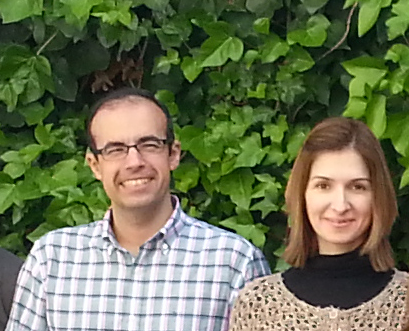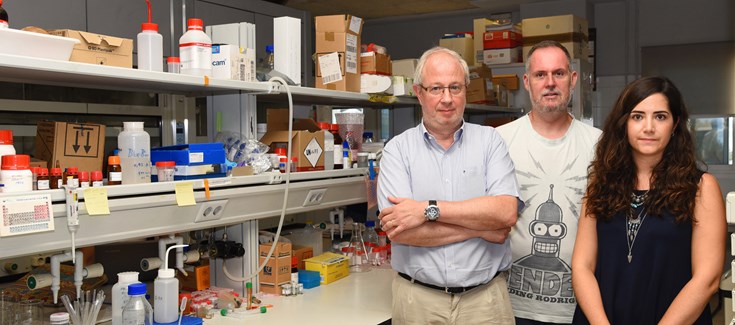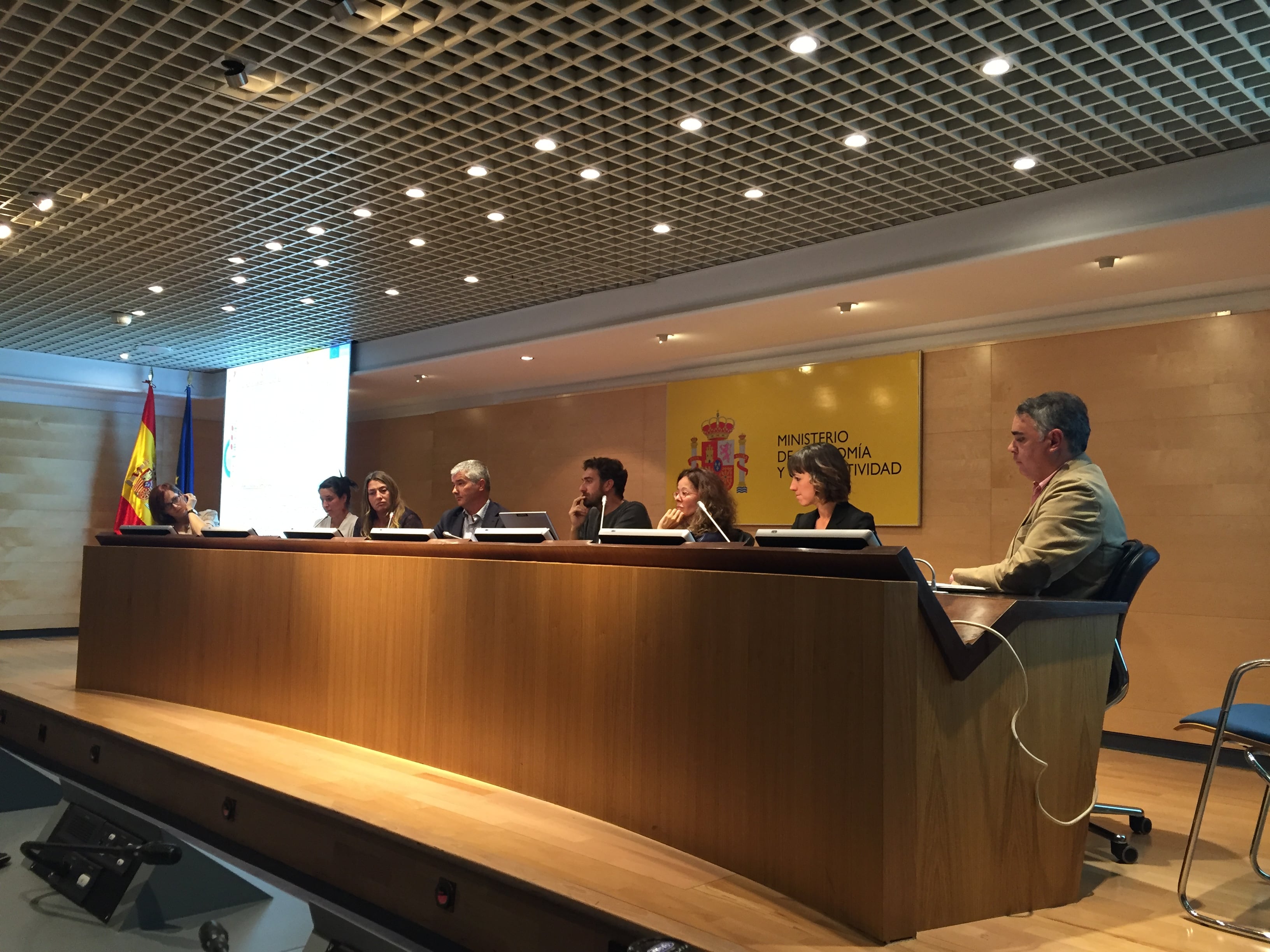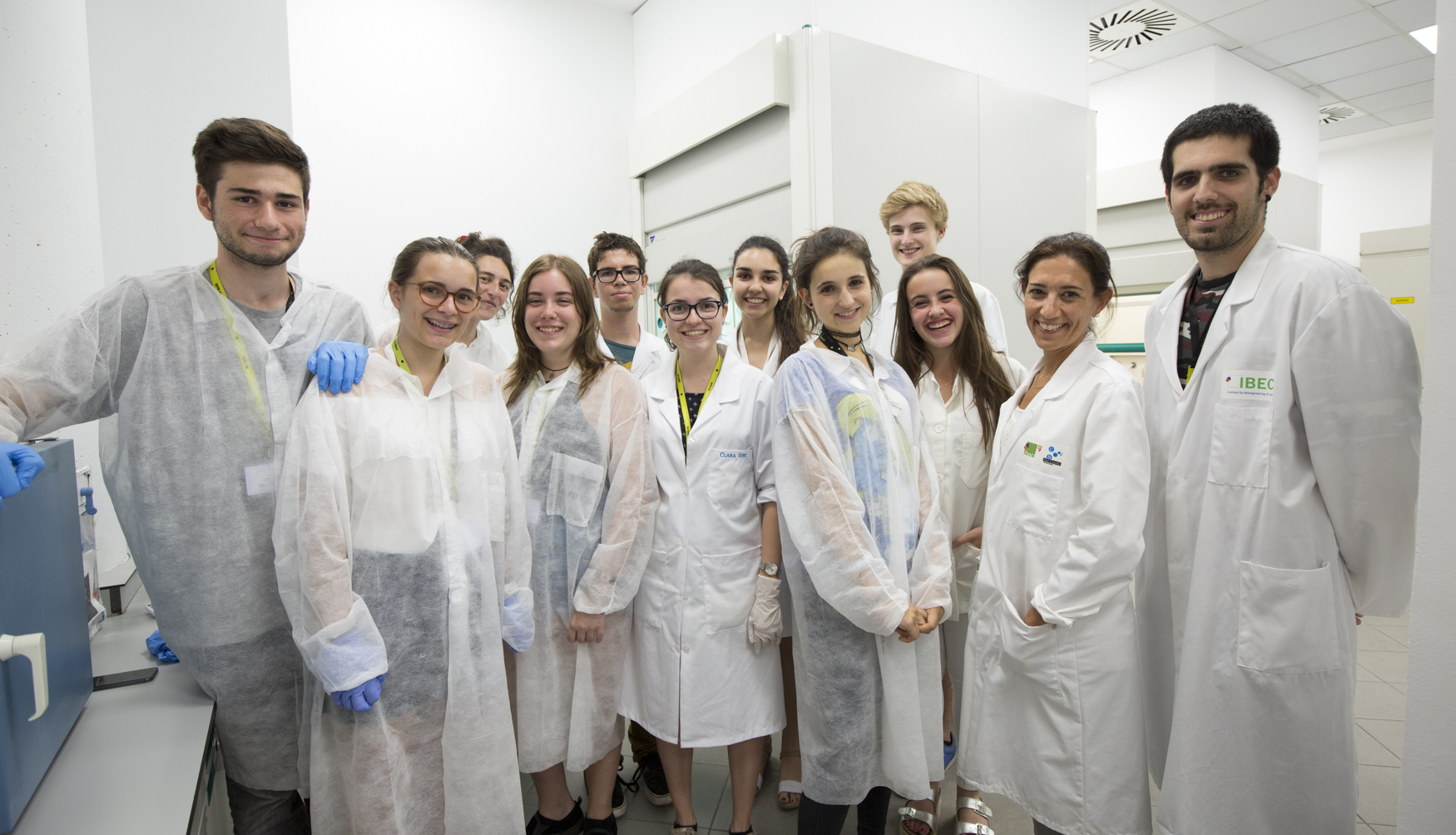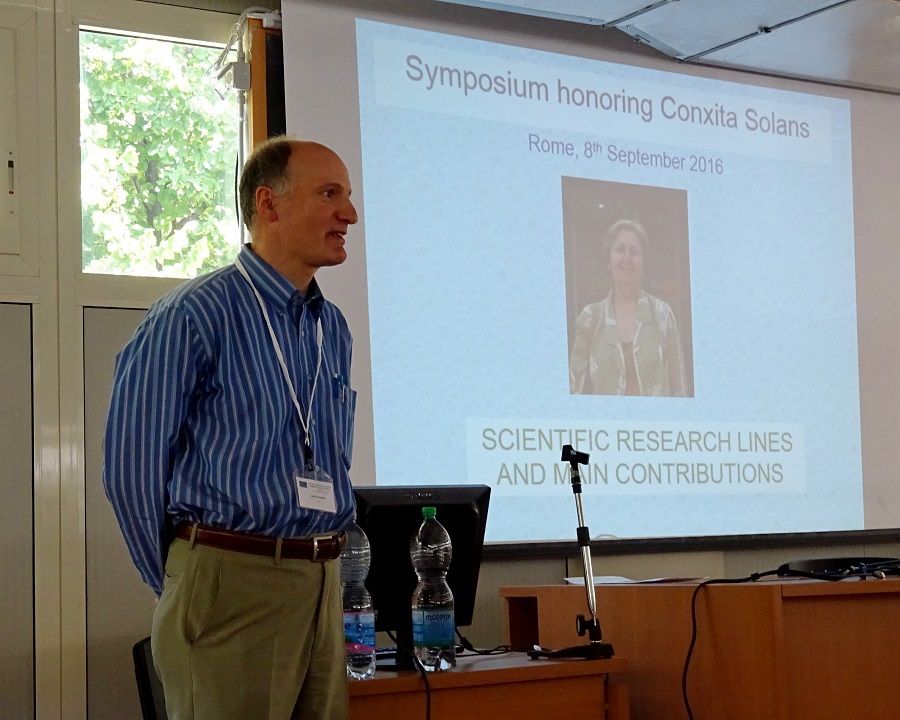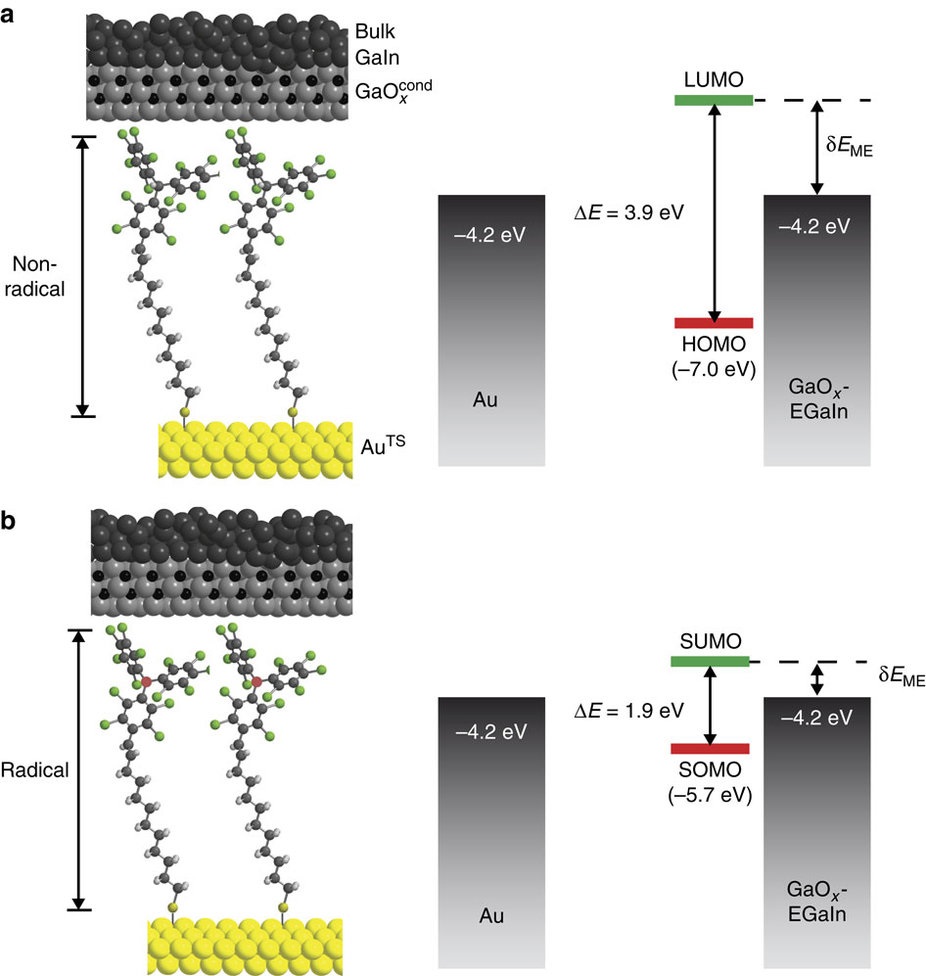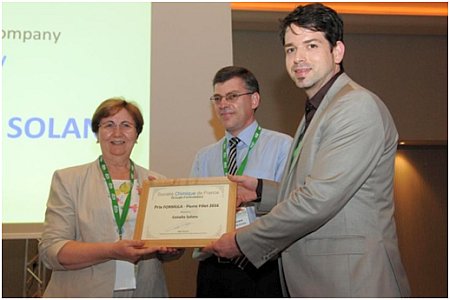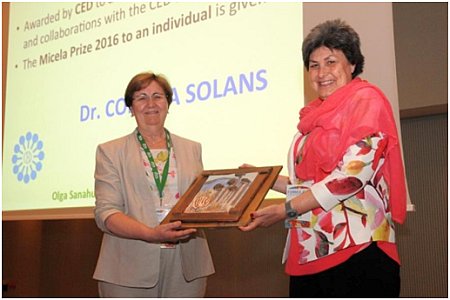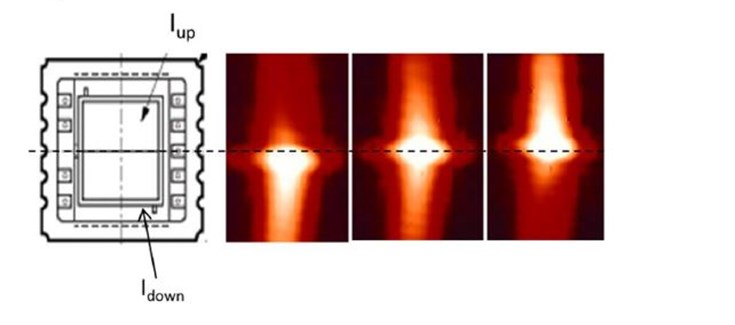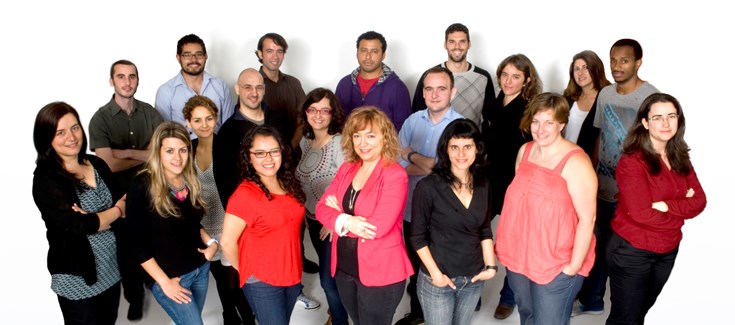Multi-scale physiology-driven computational tools to assist cardiac disfunctions
Researchers from the unit 27 of NANBIOSIS are developing a Multi scale physiology-driven computational tools to assist cardiac dysfunctions. They have been granted a project of the R+D+I 2016 call of Spanish National Program of “INVESTIGACIÓN, DESARROLLO E INNOVACIÓN ORIENTADA A LOS RETOS DE LA SOCIEDAD”. The project DPI2016-75458-R entitled MULTI-SCALE PHYSIOLOGY-DRIVEN COMPUTATIONAL TOOLS TO ASSIST IN THE ASSESSMENT AND MANAGEMENT OF CARDIAC DYSFUNCTIONS is led by Juan Pablo Martinez and Esther Pueyo, of the BSICDoS-i3A and CIBER-BBN group.
Both, multi-scale computational modelling, necessary to reproduce the experimental and clinical observations and the signal analysis (cellular, intracardiac and surface), shall be developed using the computing platform, Unit 27 of NANBIOSIS.
